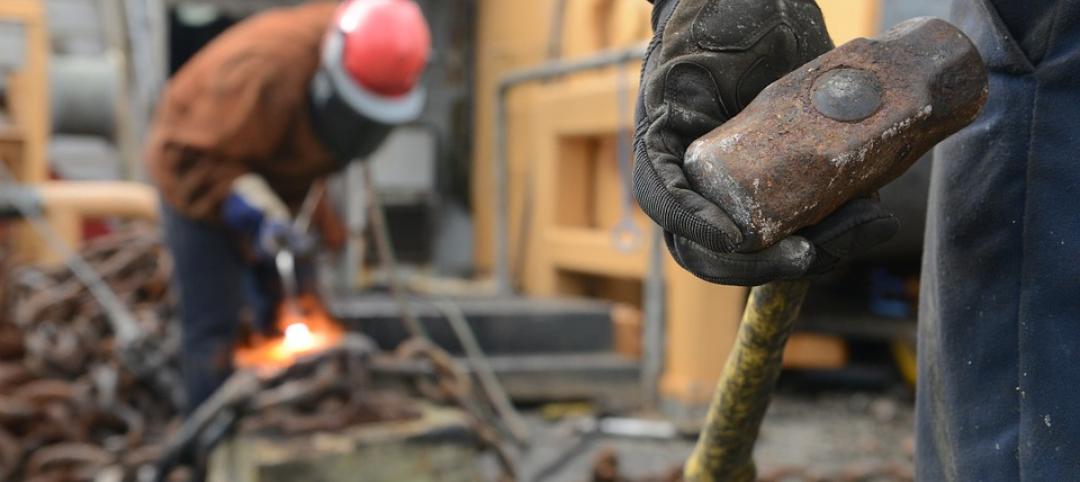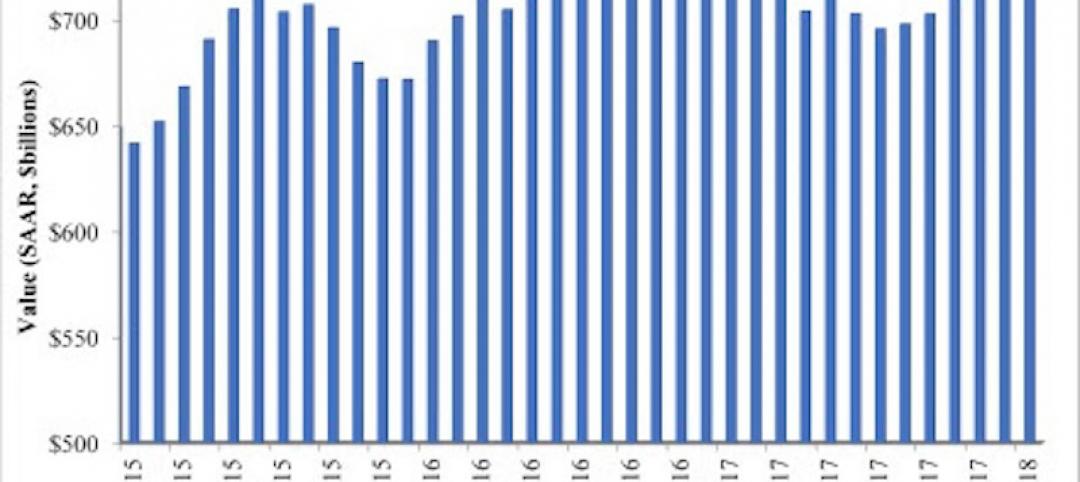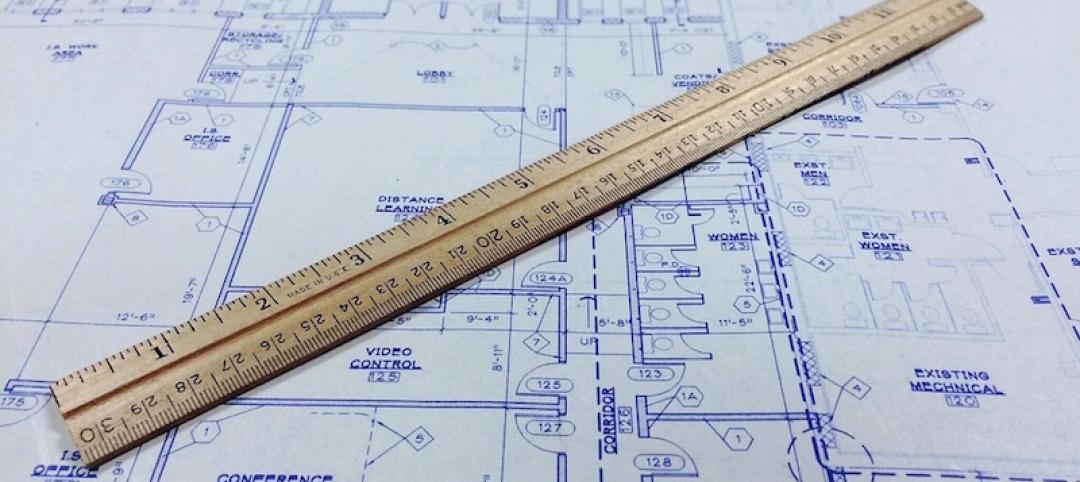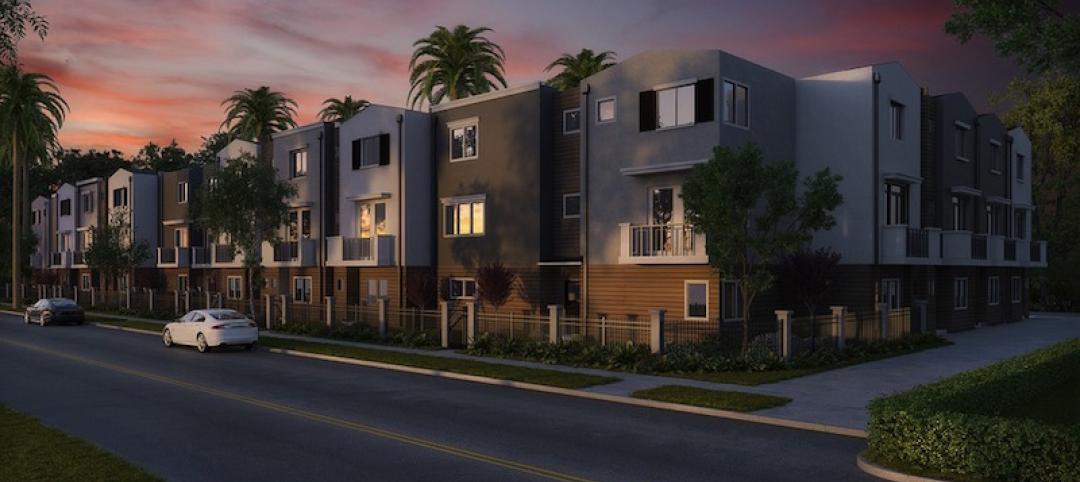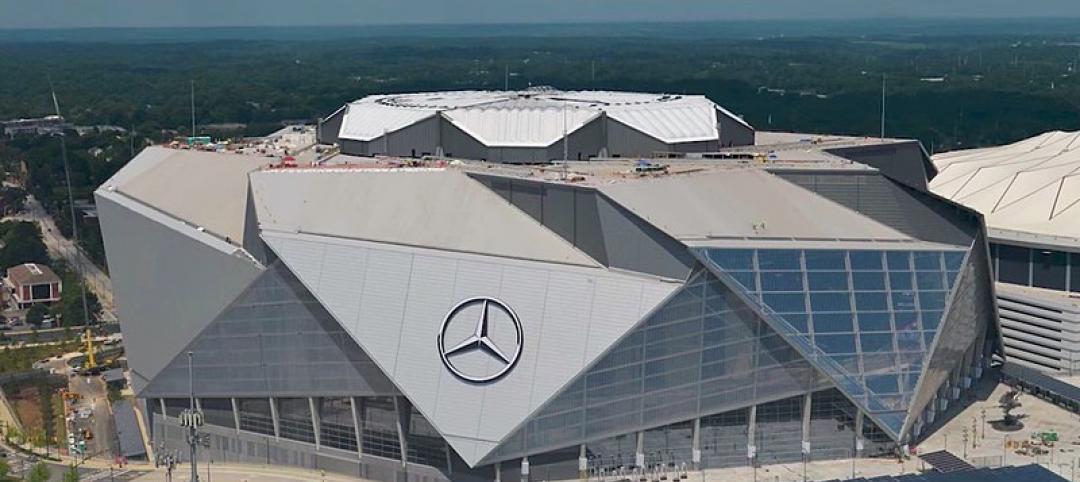Demand for different types of construction continued to diverge in June as residential construction increased for the month and the year while nonresidential construction spending fell again, according to a new analysis of federal construction spending data the Associated General Contractors of America released today. Officials noted the nonresidential declines include a steep drop in spending on highway and street projects and urged Congress to quickly pass a new, bipartisan infrastructure measure.
“The pandemic has created a tale of two construction industries, a residential market where demand continues to surge and a nonresidential market that is struggling to gain traction,” said Stephen E. Sandherr, the association’s chief executive officer. “The federal government has a real opportunity to boost nonresidential construction by passing the bipartisan infrastructure measure as quickly as possible.”
Construction spending in June totaled $1.55 trillion at a seasonally adjusted annual rate, an increase of 0.1% from May, and 8.2% higher than the pandemic-depressed rate in June 2020. Once again, residential construction saw monthly and year-over-year gains while non-residential construction spending lagged. The residential construction segment climbed 1.1% for the month and 28.8% year-over-year. The nonresidential construction segment fell by 0.9% compared to May and 6.6% compared to June 2020.
Private nonresidential construction spending fell 0.7% from May to June and 6.0% since June 2020, with year-over-year decreases in all 11 subsegments. The largest private nonresidential category, power construction, fell 1.9% year-over-year and 1.2% from May to June. Among the other large private nonresidential project types, commercial construction—comprising retail, warehouse and farm structures—retreated 2.1% year-over-year and 0.2% for the month. Manufacturing construction fell 0.7% from a year earlier and 1.1% from May. Office construction decreased 9.1% year-over-year and by 0.1% compared to May.
Public construction spending plunged 7.5% year-over-year and 1.2% for the month. Among the largest segments, highway and street construction declined 7.6% from a year earlier and 5.3% compared to May 2021. Public educational construction decreased 9.1% year-over-year and 0.8% in June. Spending on transportation facilities fell 5.7% over 12 months but was up 1.1% in June.
Association officials said the new bipartisan infrastructure measure would invest more than $1.2 trillion to build the nation’s roads, bridges, transit systems, airports, ports, and waterways, drinking water and wastewater systems, energy infrastructure and more. They added that Congress should pass the measure as quickly as possible to have the broadest impact on creating new construction career opportunities.
“It would be a shame if certain members of Congress were to hold new infrastructure investments, and the job opportunities they create, hostage to impose unrelated partisan measures that would undermine the economic recovery,” Sandherr said.
Related Stories
Market Data | Mar 8, 2018
Prioritizing your marketing initiatives
It’s time to take a comprehensive look at your plans and figure out the best way to get from Point A to Point B.
Market Data | Mar 6, 2018
Persistent workforce shortages challenge commercial construction industry as U.S. building demands continue to grow
To increase jobsite efficiency and improve labor productivity, increasingly more builders are turning to alternative construction solutions.
Market Data | Mar 2, 2018
Nonresidential construction spending dips slightly in January
Private nonresidential construction fell 1.5% for the month, while public sector nonresidential spending increased 1.9%.
Market Data | Feb 27, 2018
AIA small firm report: Half of employees have ownership stake in their firm
The American Institute of Architects has released its first-ever Small Firm Compensation Report.
Market Data | Feb 21, 2018
Strong start for architecture billings in 2018
The American Institute of Architects reported the January 2018 ABI score was 54.7, up from a score of 52.8 in the previous month.
Multifamily Housing | Feb 15, 2018
United States ranks fourth for renter growth
Renters are on the rise in 21 of the 30 countries examined in RentCafé’s recent study.
Market Data | Feb 1, 2018
Nonresidential construction spending expanded 0.8% in December, brighter days ahead
“The tax cut will further bolster liquidity and confidence, which will ultimately translate into more construction starts and spending,” said ABC Chief Economist Anirban Basu.
Green | Jan 31, 2018
U.S. Green Building Council releases annual top 10 states for LEED green building per capita
Massachusetts tops the list for the second year; New York, Hawaii and Illinois showcase leadership in geographically diverse locations.
Industry Research | Jan 30, 2018
AIA’s Kermit Baker: Five signs of an impending upturn in construction spending
Tax reform implications and rebuilding from natural disasters are among the reasons AIA’s Chief Economist is optimistic for 2018 and 2019.
Market Data | Jan 30, 2018
AIA Consensus Forecast: 4.0% growth for nonresidential construction spending in 2018
The commercial office and retail sectors will lead the way in 2018, with a strong bounce back for education and healthcare.




